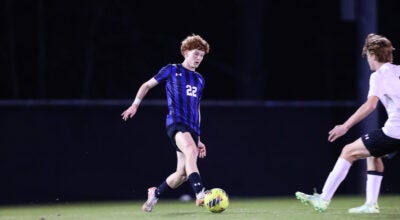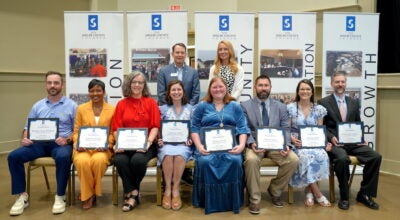Storm Spotters training in Chelsea
Published 10:22 am Wednesday, February 9, 2011
By CHRISTINE BOATWRIGHT / Staff Writer
CHELSEA – The Chelsea Fire Department hosted a Storm Spotters course Feb. 8, courtesy of the National Weather Service.
Jim Stefkovich, the meteorologist in charge of the National Weather Service in Calera, began the training by breaking down the main components of storms and tornadoes in order to perceive the level of severity and danger.
“It’s really easy (to judge a storm). The only thing you have to figure out is inflow and outflow of a thunderstorm,” Stefkovich said.
The National Weather Service trains citizens as “storm spotters” in order to more closely monitor weather conditions in any given area.
“The Doppler radar does not detect tornadoes,” Stefkovich explained. “Radars are limited in the detail they can record. You get more detail the closer you can get to a storm.”
As Alabama weather varies greatly throughout the year and population isn’t as dense as other states, storm spotters offer great advantages to Stefkovich and his team, he said.
“We live in one of the most active weather areas in the world,” Stefkovich told the class. “Climatology has shifted, so Alabama is now included in Tornado Alley.”
The topic shifted from tornadoes to severe thunderstorms as Stefkovich projected pictures of wind-torn neighborhoods and downed tree limbs.
“When I ask people what caused this damage, what do you think they normally guess? They normally say tornadoes,” he said. “People think that more damage comes from tornadoes.
“It’s just not sexy for your house to be hit by straight-line winds,” he said.
Stefkovich’s final advice related to tornado safety: He encouraged the class to drive away at right angles from a tornado, and if the tornado appears to be stationary, be aware that it is either moving toward or away from the viewer.
The National Weather Service has no means of predicting the strength of a tornado, Stefkovich said. Funnel clouds, for instance, are rotating, funnel-shaped clouds that do not touch the ground.
“They’re not all going to look like the Wizard of Oz tornado,” he said.









